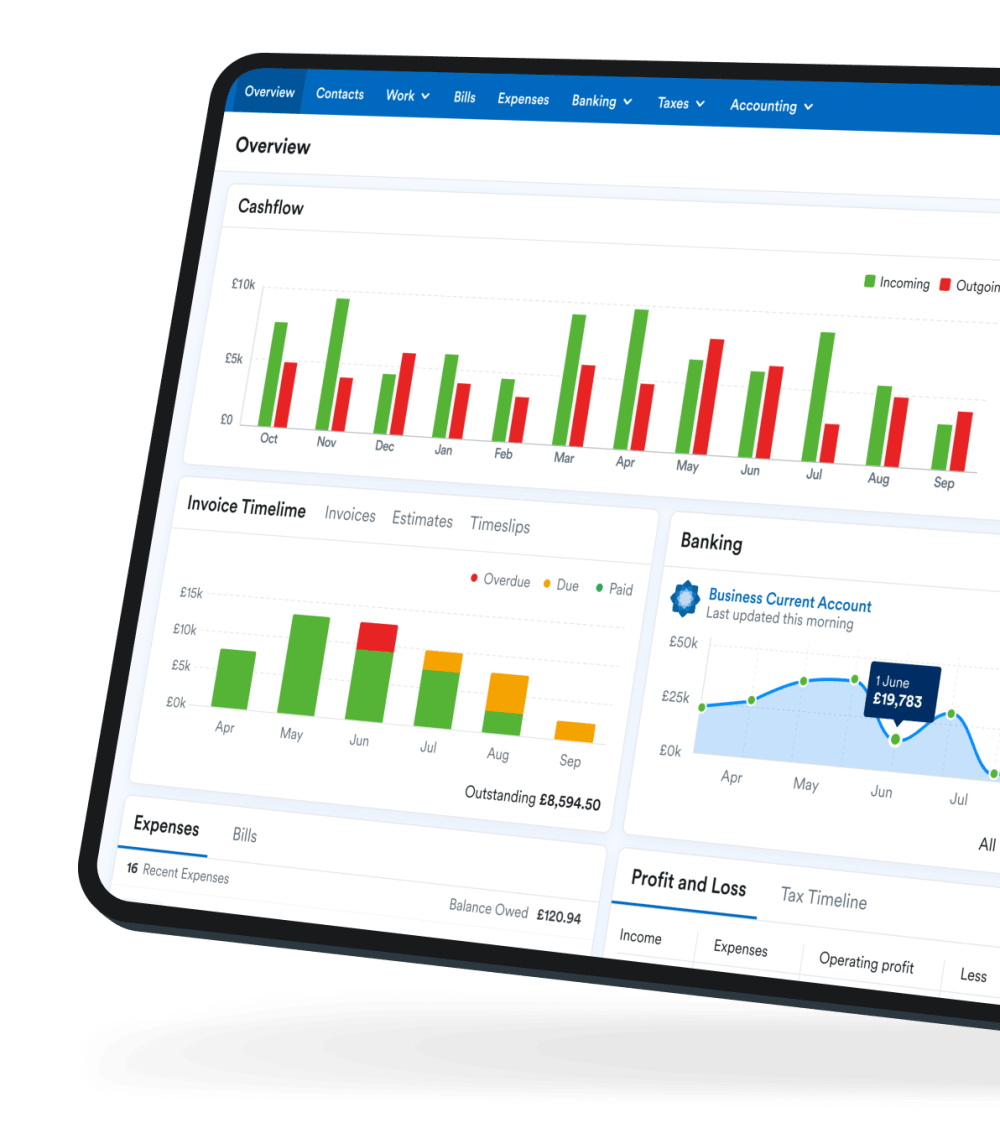Customer concentration: everything you need to know

When it comes to the health of your business, a positive number on your balance sheet doesn’t always show the full picture. While it’s important to keep a close eye on how much revenue your business generates, it’s also crucial to look at where that revenue comes from.
This guide introduces the topic of customer concentration. It explains what customer concentration is, what risks it poses and the steps you can take to address high customer concentration in your business.
What is customer concentration?
Also known as ‘client concentration’, customer concentration refers to the way in which a business’s revenue is spread across its customer or client base. If a significant percentage of a business’s overall revenue comes from a single customer, or a small group of customers, that business may be considered to have a high level of customer concentration. Forbes suggests that if as little as 10% of a business’s revenue can be attributed to a single client, the business could be at risk as a result.
What are the risks of having high customer concentration?
- When a business depends on a very small client base, the potential impact of losing just one customer can be far more damaging than it might otherwise have been.
- High customer concentration can have an impact on your business’s credit worthiness. If your business is too reliant on a small number of customers, you may find it more difficult to secure loans with favourable interest rates.
- If a key client becomes aware that your business is financially dependent on them, they may be able to use this to their advantage and may attempt to drive down pricing, make additional demands of your services or even influence business decisions in their favour.
- If you decide to sell your business or seek investment, high customer concentration could leave your business buyer or investor in a vulnerable position. As a result, the risks of having high customer concentration could be reflected in the price at which your business is valued.
How to measure customer concentration
You can check the customer concentration in your business by following these steps:
- Check your sales report to identify the customer who your business earned the most revenue from in the last year.
- Identify the amount of revenue that your business earned from that customer during that year.
- Divide that amount by your business’s total revenue for that year.
- Multiply that number by 100 to complete the calculation. The final number will be your customer concentration level expressed as a percentage.
Alternatively, FreeAgent’s Radar feature can keep an eye on customer concentration for you. Designed to help you keep on top of your admin and become better at business, Radar uses the data in your FreeAgent account to alert you to potential issues and opportunities.
If your business has had more than two customers in the past six months, and has earned between 25% and 80% of its revenue from a single customer during that time, Radar will let you know with a handy alert.
Addressing high customer concentration in your business
If you’re concerned about the level of customer concentration in your business, it’s a good idea to invest some time in growing your client base. However, you may wish to assess how many customers your business can manage first. It’s important to ensure that you can keep up with an increase in demand while maintaining your business’s standards and a work/life balance that’s right for you.
Three strategies for growing your client base
Build your network
Building a network of industry contacts can be a valuable undertaking for a small business. Cultivating relationships with complementary businesses can help you to generate more customers through client referrals and learn about new opportunities. For example, a florist and a balloon artist could recommend each other to clients when working on events or collaborate on projects that would be too large to tackle alone.
Increase your digital reach through SEO and social media
Search engine optimisation (SEO) is the practice of optimising your website so that potential customers can find you when they perform web searches for products or services like yours. The better your SEO strategy is, the more visible your offering will be to potential customers. While SEO can seem complex, learning the basics of website optimisation could make a significant difference to how your website performs.
Social media can also be an important digital tool as it provides a platform to share your business’s messages with existing and potential customers alike. Rather than attempting to use all the platforms available, conduct some research to find out which would be the best fit for your business. Consider the audience you need to reach, the messages you want to share and the way in which you want to engage with customers. It’s important to be realistic about how much time you can dedicate to social media so that it’s possible to stick to your strategy.
Consider diversifying your product or services
If your business provides a specialised product or service with a relatively small target market, finding new customers could prove to be tricky. If you’re able to expand your business’s offering by providing a slightly different related product or service, it might be worth considering as a tactic for growing your customer base.
